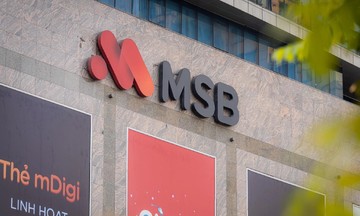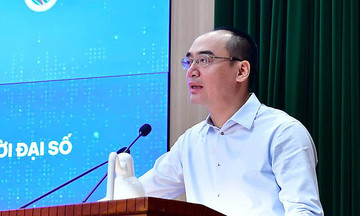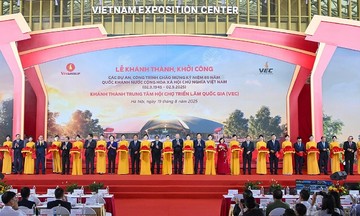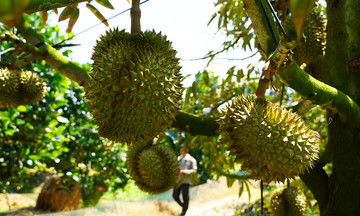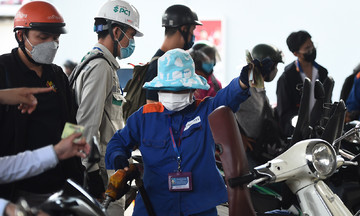This assessment was made by Truong Minh Huy Vu, president of the Ho Chi Minh City Institute for Development Studies (HIDS), at the "Training Conference on Management, Administration, Supervision, and Dispute Resolution Towards the Establishment of an International Financial Center in Ho Chi Minh City" on Tuesday, 14/7.
"The expanded Ho Chi Minh City has significant capital needs for metro projects, railways, industrial zones, and social housing. The international financial center will serve as an effective channel for attracting investment," Vu said.
Since 1/7, Ho Chi Minh City's merger with Binh Duong and Ba Ria - Vung Tau has created a "megacity" spanning 6,772 km2 with over 14 million residents. This economic powerhouse accounts for 23% of the nation's GDP and serves as a hub for key sectors such as finance, technology, and services.
Even before the merger, Ho Chi Minh City's development plan, announced in early 2025, estimated an investment need of 4.4 quadrillion dong for the period 2026-2030. The city's budget could only cover 1.1 quadrillion dong. This pre-existing need for capital is magnified by the city's expanded size.
According to the National Assembly's resolution on developing international financial centers, Vietnam will establish centers in both Ho Chi Minh City and Da Nang. Ho Chi Minh City's center will focus on capital markets, banking, money markets, fintech regulatory sandboxes, financial innovation, specialized exchanges, and new trading platforms.
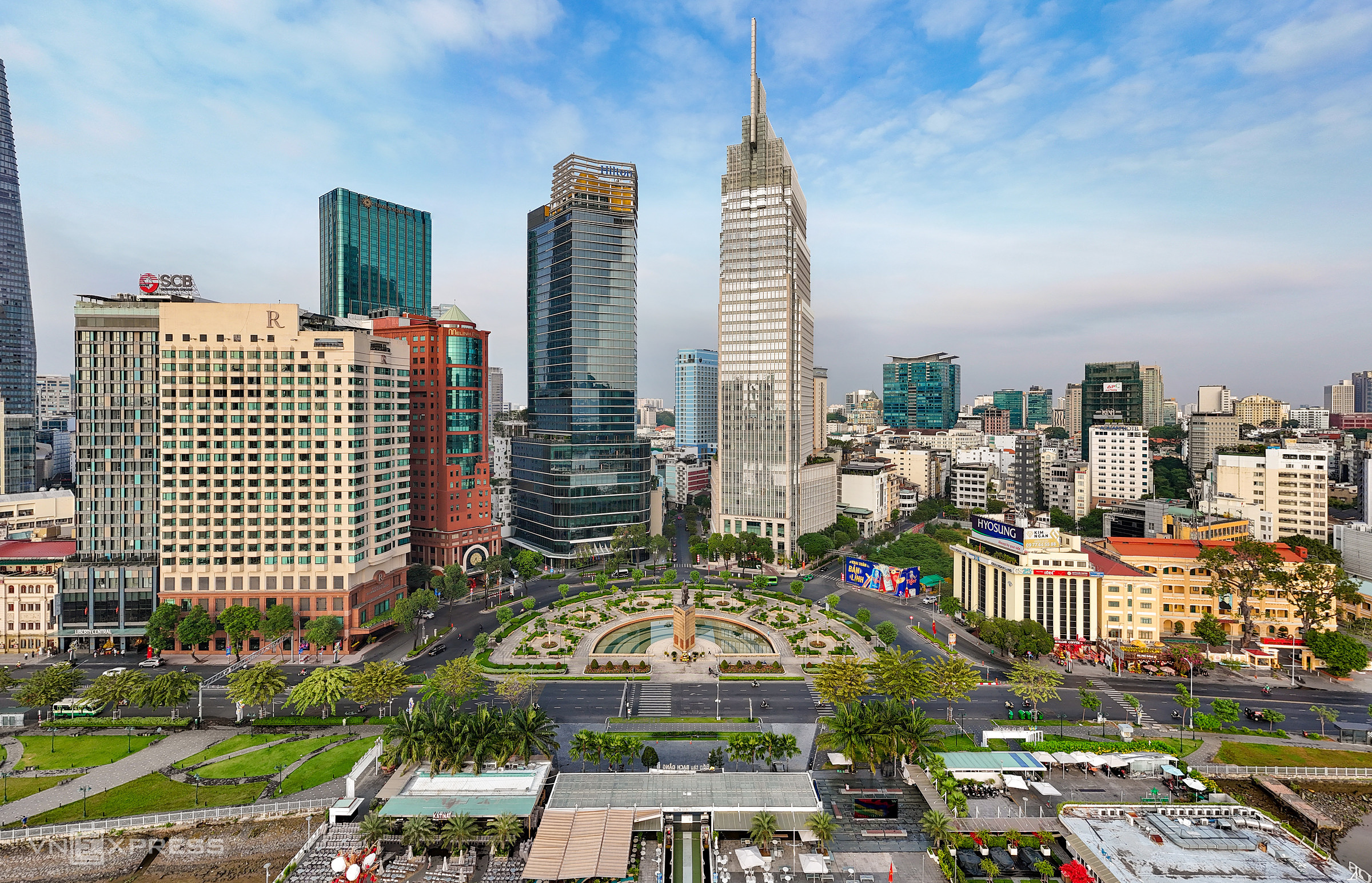 |
Ho Chi Minh City center, Me Linh construction site, 1/2025. Photo: Quynh Tran |
Ho Chi Minh City center, Me Linh construction site, 1/2025. Photo: Quynh Tran
Nguyen Van Dung, vice chairman of the Ho Chi Minh City People's Committee, noted the city's strategic location in Southeast Asia, facilitating connections with major financial centers and promoting international trade and capital exchange. The city also boasts a strong foundation, with a concentration of banks, securities companies, and financial institutions.
To maximize the effectiveness of the international financial center as an investment channel, experts suggested learning from the Astana International Financial Centre (AIFC) in Kazakhstan. They highlighted the importance of developing attractive financial products and a robust legal framework to build investor confidence.
Zharas Mussabekov, chief financial officer of the Astana International Exchange (AIX), part of the AIFC, explained that the AIX offers a range of financial products, including stocks, bonds, and structured products (ETFs and ETNs).
Stock offerings include initial public offerings (IPOs), secondary public offerings (SPOs), and listings from regional markets. Bonds range from fixed-income, tax-exempt bonds issued privately to institutional investors to Sukuk (Shariah-compliant bonds), green bonds, and social bonds.
The AIX market capitalization reached 82.1 billion USD by the end of 2024, a 7.7% increase from 2023. "New listings nearly doubled in the first half of 2025, reflecting sustained confidence from both issuers and investors," Mussabekov said.
The AIX attracts foreign investment through its investor-friendly legal framework and NASDAQ-supported technology infrastructure. The AIFC also features a commercial dispute resolution court and the Court of International Arbitration of the AIFC (CIAC), with 61 international arbitrators and mediators from the EU, UK, US, mainland China, Hong Kong, Japan, and other countries.
Addressing concerns about the differences between Vietnamese law and common law, often used in international financial centers, Vu suggested considering the AIFC's approach. "Astana provides a good example of outsourcing arbitration to reputable entities in the UK or Hong Kong, using renowned international judges to build investor trust," he pointed out.
According to the resolution on developing international financial centers in Vietnam, parties within the center can resolve disputes under Vietnamese law. They can also opt for foreign arbitration, the international arbitration center within the financial center, Vietnamese arbitration, or foreign and Vietnamese courts.
The defined geographical boundaries of Ho Chi Minh City's international financial center, encompassing part of District 1 and almost all of Thu Thiem peninsula, presents management challenges that require learning from international best practices.
"The challenge lies in managing activities both within and outside these boundaries, ensuring policies promote innovation and capital inflow while mitigating financial risks," Vu noted.
Dung stated that Ho Chi Minh City is focusing on developing specialized products that leverage the city's strengths. The goal is to become a leading international financial center, enhancing Vietnam's position in the global financial network and driving economic growth. He expressed hope for continued collaboration between Ho Chi Minh City and the AIFC to facilitate mutual learning and experience sharing.
Vien Thong





